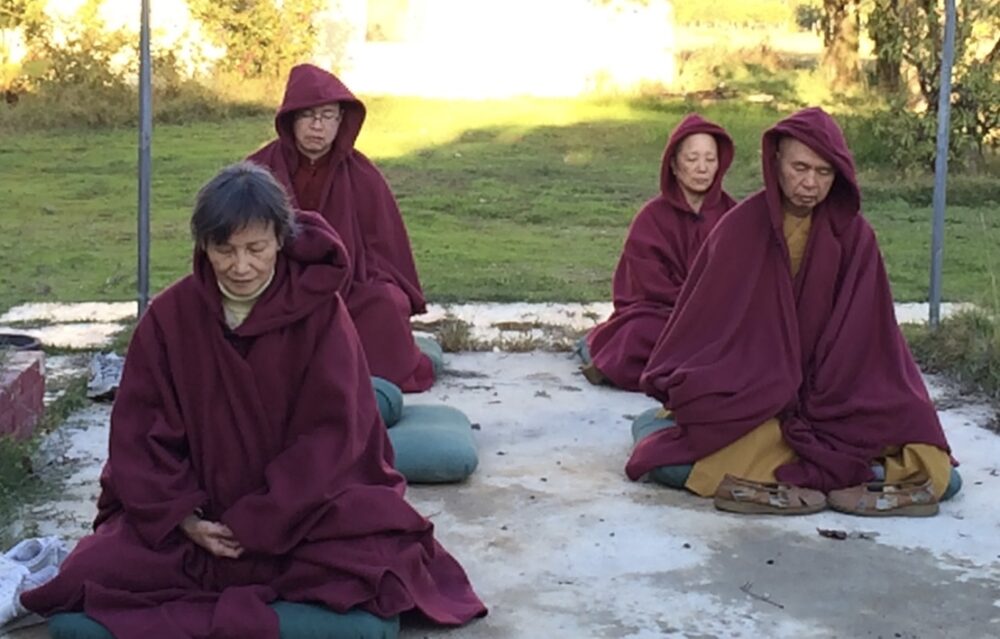
This BLOG is featuring components from the Learning from the Buddha College and Seminary course C41-Three Principal Stages & Paths of Buddhist Practice: LESSON TWO-The Preliminaries to Taking the Path. This class includes practices to be followed during meditation and how a successful meditation practice is essential to the entire path.
There are five obstacles to attaining the mental abiding of serenity in meditation and their eight antidotes that are used in both Tibetan and Theravada meditation that originated in Maitreya’s Separation of the Middle from the Extremes (Madhyānta-vibhāga) as transmitted through the Indian Master Asanga. They were elaborated upon in further texts, such as Kamalaśīla’s Stages of Meditation (Bhāvanākrama) and also Je Tsongkhapa’s The Great Treatise on the Stages of the Path to Enlightenment (Lam Rim Chen Mo), Volume 3, “Meditative Serenity and Insight.” The Theravada tradition also use these dharmas in their meditation, but in different ways than they are used in the Mahayana. They are included now to compliment the Nine Stages of Mental Abiding with their corresponding four efforts and six supporting forces or powers that are also part of the above mentioned texts as well as Dorje Pamu’s Dharma of Concentration, Contemplation, and Visualization Essential for Enlightenment.
I wanted to feature the two major obstacles to starting a meditation practice, indicated as LEVEL 1 or placing the mind, The Memory Abode, as this may be the hardest obstacle for most of us to overcome and maybe the easiest to understand. The two obstacles are Laziness (kausīdya) and Forgetfulness (avavādasammosa), given in both their English and Sanskrit terms. The first one, laziness, is a problem as it keeps you from even starting a meditation practice and the second one, forgetfulness, is a problem in causes you to forget any basic instructions on how to do meditation or even the reasons you are doing meditation in the first place. The major aspects of laziness are those of neutral activities like sleep, procrastination, talking, housework or even virtuous activities like “Buddha Work” as well attachment to negative activities like being busy with worldly things. The third major cause comes from the feeling of inadequacy or fear of failure that discourages you from even beginning. However, a number of antidotes or opponents to these and the other obstacles are identified in the chart below. Refer to article on the “Nine Stages of Sthiti or Mental Abiding” for descriptions of each of the levels or abodes of mental abiding.





Add comment